Visualizing the Americas examines the history of capitalism through the production and consumption of a single comodity, the banana.

It also preserves rare, endangered records that are integral to the histories of the multinational banana companies or to the histories of the communities in which the companies operated. This project digitizes these archives and makes them freely accessible to anyone in the world.

The United Fruit Company
With its headquarters in Boston, Massachusetts, the United Fruit Company owned vast tracts of land and employed tens of thousands of people in more than twelve countries spread from the Eastern Caribbean to Central and South America.
Capitalists, engineers, mercenaries, workers, peasants, women, small-town merchants, and politicians: these are the human subjects in this story of foreign capital toppling tropical forests and governments to plant clones of a fruit for export. Earth-cutting machines replaced biodiversity with sameness. That sameness could only be sustained with tremendous amounts of capital and the regular application of noxious chemicals. To support the production of this commodity for the global market, people also had to be kept in their place. Violence, racial hierarchies, and the curtailment of freedom were central to growing bananas on an industrial scale. Through one hundred years of the internal letters of the United Fruit Company’s managers in Bocas del Toro, Panama, we glean how this work of subjugating nature and people was done on a near daily basis. Through the collection of photographs by Rafael Platero Paz, we explore how ordinary people struggled to be recognized as rights-bearing citizens and workers, reconfiguring the “banana republics.”

Endowed with means that had been reserved for Divine Providence in former times, they changed the pattern of the rains, accelerated the cycle of harvest and moved the river from where it had always been and put it with its white stones and ice currents on the other side of the town, behind the cemetery. ... "Look at the mess we've got ourselves into," Colonel Aureliano Buendía said at that time, "just because we invited a gringo to eat some bananas."
Key processes and events in the history of banana production and consumption.
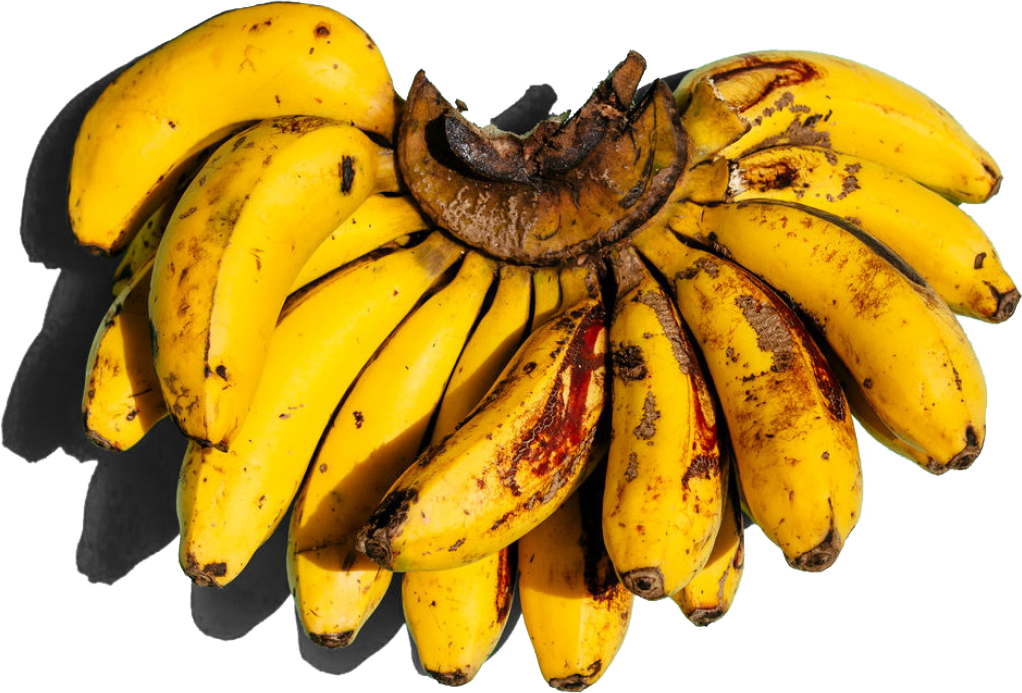
Early cultivators in Southeast Asia are the first to domesticate bananas, developing what is believed to be the first cultivated fruit.
Sanskrit scholars record the world’s first known literary references to the banana.
Alexander the Great crosses the Indus and learns of bananas.
The chief chronicler of the Magellan expedition characterizes bananas as “figs a span long” in relaying news to Europeans back home about the unknown fruit that he has encountered for the first time in Guam.
By the end of the U.S. Civil War, some bananas are being shipped into the United States from Central America.

Minor C. Keith begins cultivating bananas in Costa Rica, Panama, and Colombia.
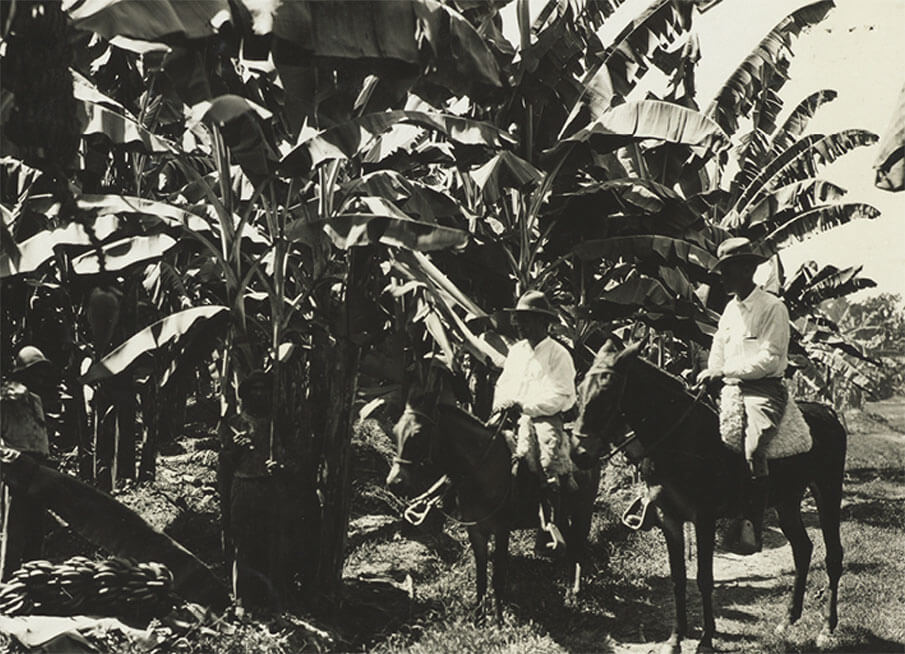
Banana cultivation is still done as it had been for thousands of years, on small, biologically diverse farms, where the banana plants grow beneath large trees in old-growth tropical forests interspersed with coffee plants.
Learn moreLorenzo D. Baker and Andrew Preston establish the Boston Fruit Company to import bananas from the Caribbean.
Alfred Fyffe and Elder Dempster begin importing bananas from the Canary Islands to Britain.
The Boston Fruit Company merges with Minor C. Keith’s operations in Central America and Colombia to become the United Fruit Company.
U.S.-owned banana companies begin direct production in Central America, dispossessing small farmers.
Learn moreUnited Fruit has taken control of most of the banana-producing regions of Central and South America, systematically taking over or destroying its competition at every level of the supply chain.
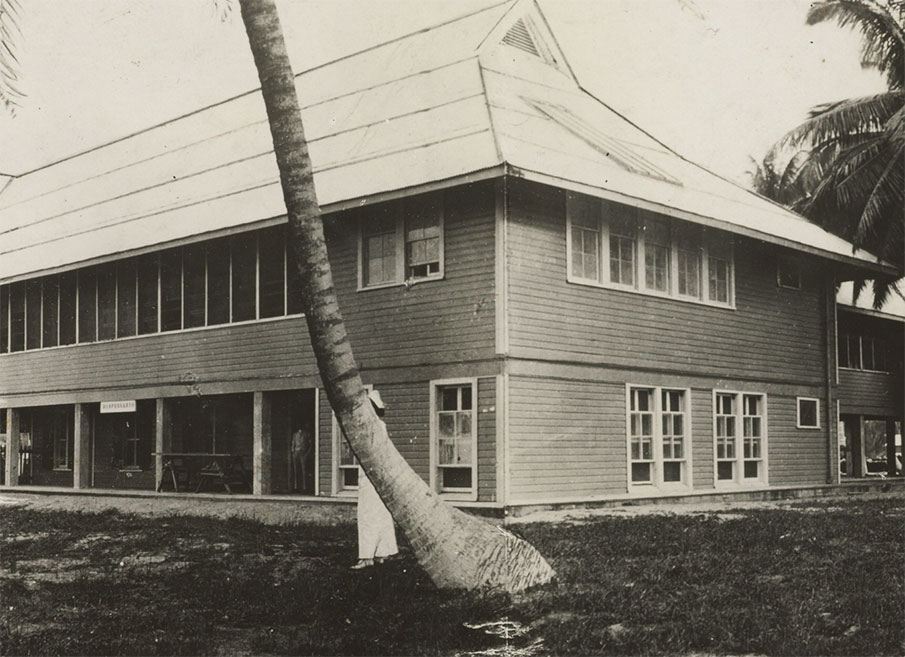
The banana companies attract British West Indians to work as wage laborers in the Central American lowlands.
Learn more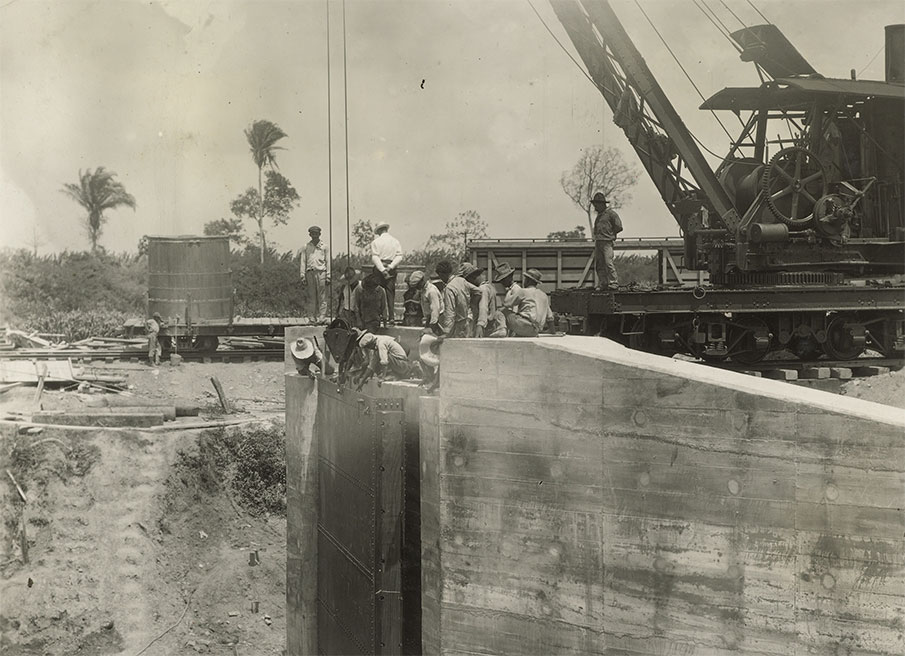
Panama disease, brown sigatoka, and other fungi and plant diseases have become problematic.
Learn more
On October 6, 1928, striking banana workers in Colombia put forward a list of nine demands.
Learn more
The Cavendish variety replaces the Gros Michel as the leading export banana.
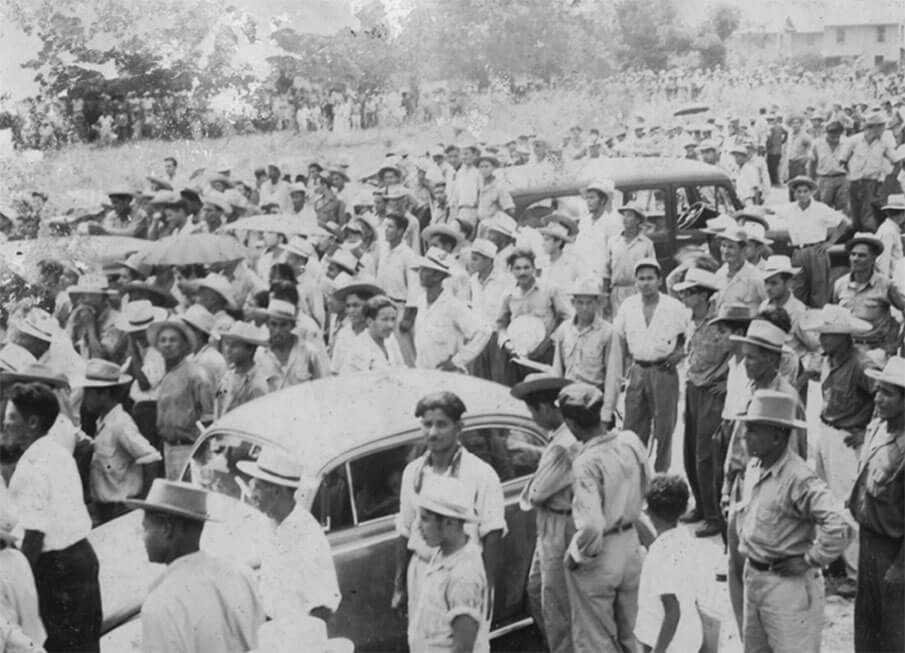
Banana workers in Honduras stage a sixty-nine- day strike.
Learn more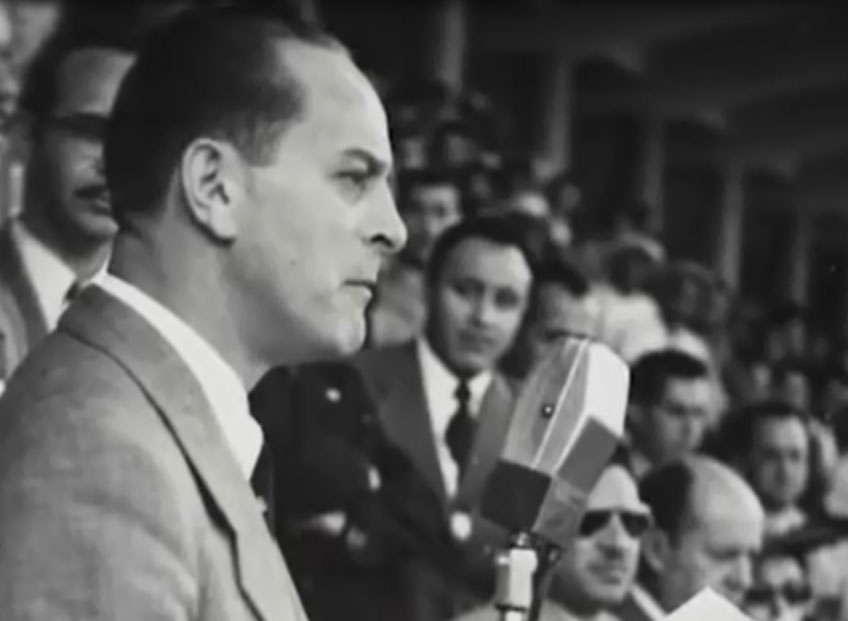
The CIA, at the behest of the United Fruit Company, overthrows the democratically elected government of Guatemalan president Jacobo Arbenz because he has sought to buy back land that the company left uncultivated.
Learn more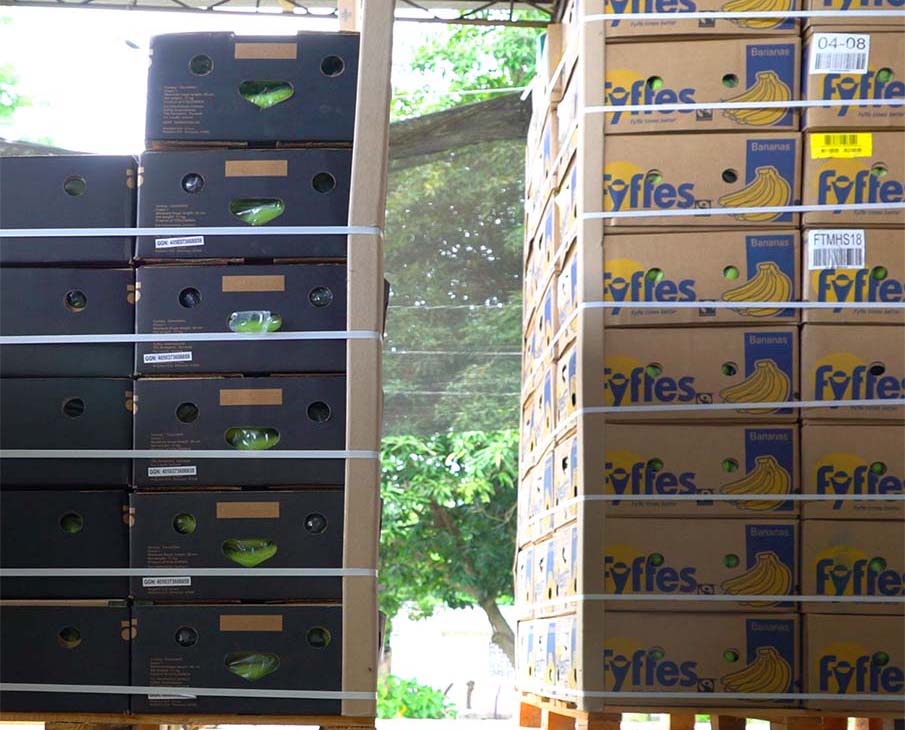
The New Orleans-based Standard Fruit Company initiates one of the most important changes in the twentieth-century trade when it begins shipping Panama disease-resistant Cavendish bananas in cardboard boxes.
The CEO of United Brands, Eli M. Black, commits suicide after the Securities and Exchange Commission reveals that he authorized a $1.25 million bribe to Honduran president Oswaldo López Arellano to obtain a reduction of the taxes on banana exports.
United Fruit is transformed into Chiquita Brands International.
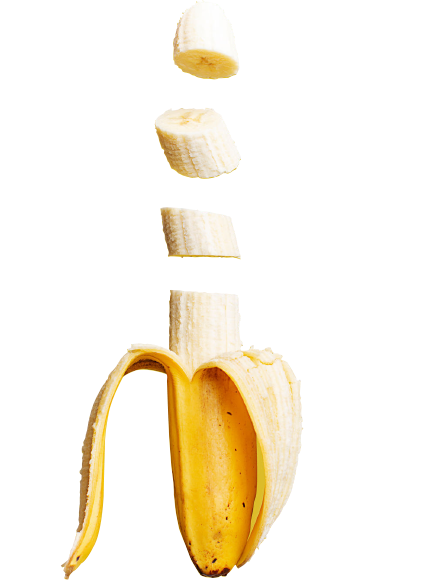
At the turn of the millennium, the combined global production of cooking and sweet bananas is ninety-two million tons, of which about twelve million tons are exported.
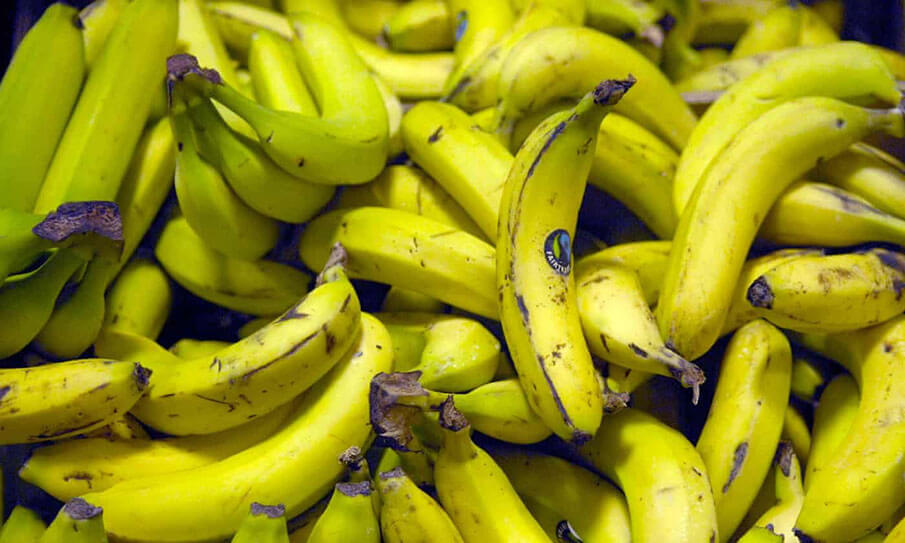
Bananas and plantains are now a regular feature in the diets of people throughout the world.
Learn more